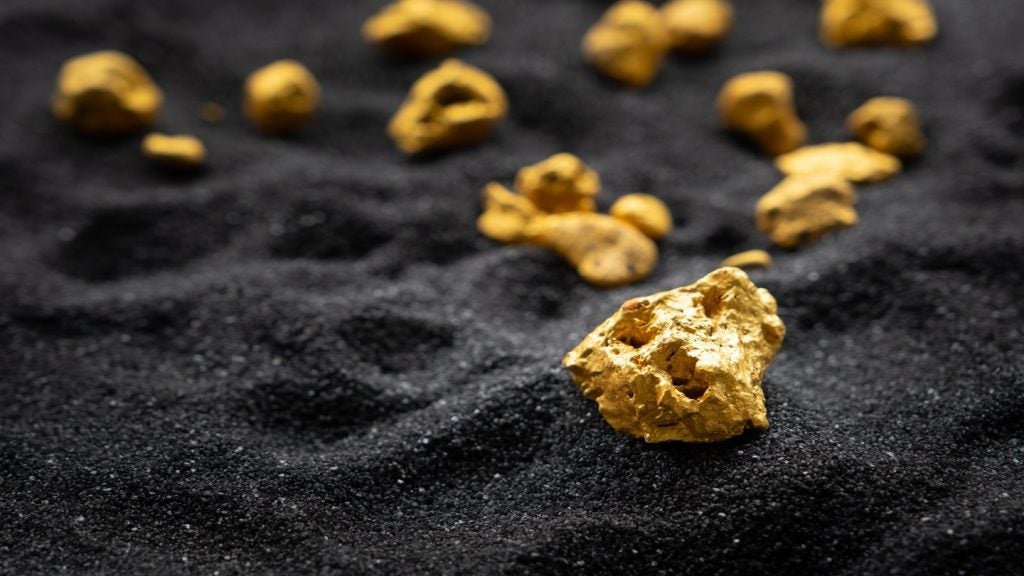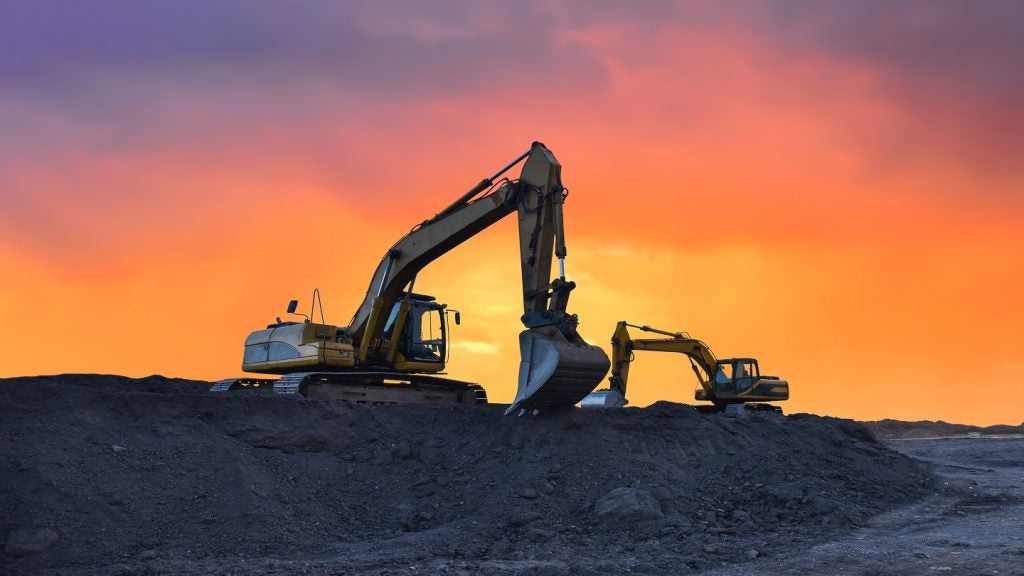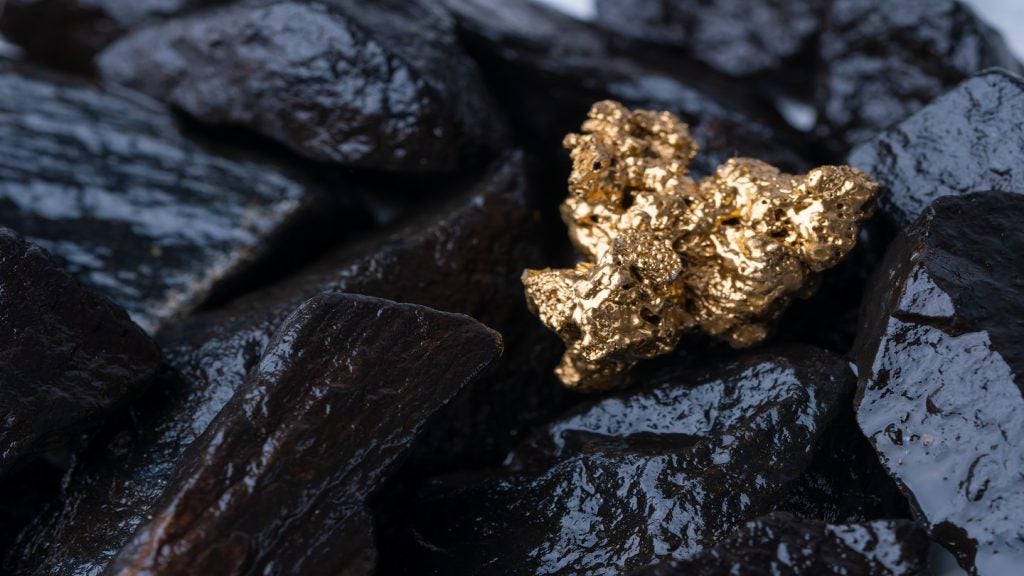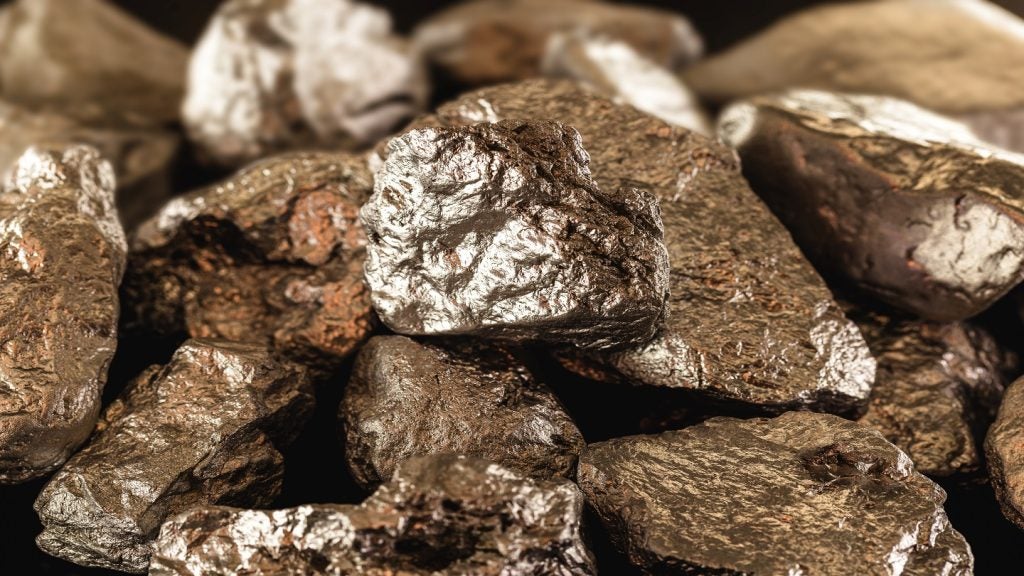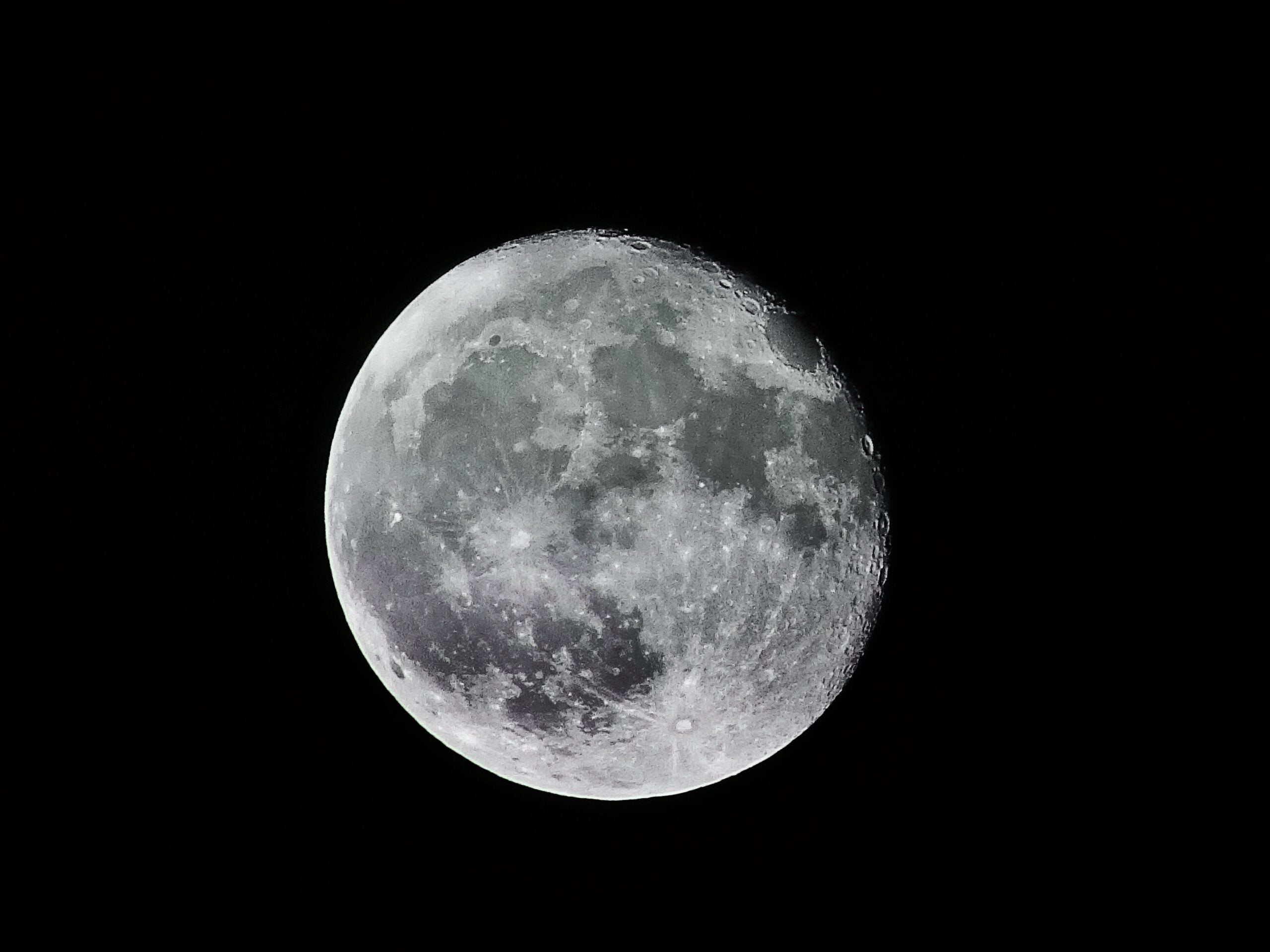
New evidence that the Moon may be rich in metals such as iron and titanium was discovered using data from the US National Aeronautics and Space Administrations’ (NASA) Lunar Reconnaissance Orbiter (LRO) spacecraft. The scientists were looking for ice at the bottom of craters around the Moon’s north pole but found evidence of metal oxides in large craters. The hypothesis is that large meteors hitting the Moon have excavated these metal oxides from beneath the Moon’s surface – suggesting concentrations of the metal underground.
There is a substantial amount of evidence pointing to the Moon being the product of a Mars-sized planet colliding with a young planet Earth, which explains why the bulk of the Moon’s chemical composition closely resembles the planet it orbits. The theory becomes muddled, however, when looking in closer detail. On the bright plains of the lunar surface, known as the lunar highlands, the rocks contain smaller amounts of metal-bearing minerals relative to Earth. That quality could be explained if Earth had fully differentiated into a core, mantle and crust before the impact that created the Moon – that would leave the body largely absent of metals. But in the Moon’s maria – commonly known as the “seas” – the metal abundance is richer than many of the rocks on Earth.
It’s a discrepancy that has puzzled scientists, with no clear explanation. But this new development, found by team members using the Miniature Radio Frequency (Mini-RF) instrument on the LRO, could help in drawing a clearer connection between the Earth and its natural satellite.
It also means the Moon could be more prospective for mining than previously thought.
The Trump administration wants to mine the Moon
In April 2020, President Trump signed an executive order to encourage US companies to mine the Moon and other celestial bodies for resources. The order provided that commercial partners participate in an “innovative and sustainable” US-led programme to return humans to the Moon for long-term exploration and utilisation, followed by manned missions to Mars and beyond. Expanding the resource sector deeper into space would, the document said, require commercial entities to recover and use resources in outer space.
The US and the rest of the world’s spacefaring nations have not recognised the 1979 Moon Treaty – a document which stipulated that nations will not mine resources in outer space. Trump’s executive order stated that the US does not view space as a “global commons”. This would effectively pave the way for mining activities off planet Earth without the need for an international treaty to permit it.
How well do you really know your competitors?
Access the most comprehensive Company Profiles on the market, powered by GlobalData. Save hours of research. Gain competitive edge.

Thank you!
Your download email will arrive shortly
Not ready to buy yet? Download a free sample
We are confident about the unique quality of our Company Profiles. However, we want you to make the most beneficial decision for your business, so we offer a free sample that you can download by submitting the below form
By GlobalDataWhile there are budding space mining companies, it’s unlikely these companies would be able to get off the ground – literally – without this kind of state support or the assistance of larger private space enterprises such as SpaceX. In 2018, NASA announced plans to return astronauts to the Moon by 2024 to pave the way for eventual journeys to Mars in conjunction with private companies.
How would Moon mining work?
Geological surveys have previously shown than the Moon contains three crucial resources: water, helium-3, and rare earth metals. Water is vital for supporting life and agriculture in space and can be converted into rocket fuel to propel mankind further toward the stars, and helium-3 is a rare helium isotope that could be used for innovations in the energy sector – namely nuclear fusion. Rare earth metals are vital in emerging technologies, as well as the technologies we make use of every day, from smartphones and computers to medical equipment.
One reason the US has taken such an interest in mining the Moon is to acquire and control a strong supply of rare earth metals – China controls around 95% of the world’s production of rare earths. Escalating tensions between the US and China have seen the former look to alternate sources of the vital resources and has set its sights on the Moon as a means to claw back some control from China.
When it comes to the practicality of setting up feasible mining operations on the lunar surface, nobody has figured out an actionable plan. SpaceX is aiming to solve a significant cost barrier by developing reusable rockets, which could allow for cheaper transport of mined materials from the Moon back to Earth. Assuming the reusable rocket solution works, a lunar mining colony would have to make use of an unprecedented amount of innovative mining technologies, with automated or remote-control machinery and pumps that requires minimal human oversight a necessary component. While miners on Earth have been steadily taking on these kinds of technologies, developing, building and transporting machinery that could work on the Moon is no easy feat.
Before it can even begin, Moon mining would require existing infrastructure on the lunar surface. Given the presence of water on the Moon, there is the potential for some form of long-term human settlement. 3D printing could be the key to infrastructure, allowing material and equipment to be manufactured on the Moon itself.
What would the effects of Moon mining be, and is it even legal?
While no spacefaring nation recognises the Moon Treaty, the 1967 United Nations Outer Space Treaty states that no nation can claim ownership of the Moon. However, it has been questioned as to whether that treaty could be used to prevent private ownership. That question has never been resolved, but it would have to be resolved one way or the other before miners could start drilling into the Moon. It’s a potentially colossal legal battle, if the prospect of Moon mining continues to edge closer.
While mining the Moon wouldn’t have any significant effects on our quality of life – the Moon has a mass of 73 quadrillion tons, even if we removed one metric ton from the Moon every day, it would take 220 million years to deplete 1% of the Moon’s mass. Even that wouldn’t be enough to cause a change of orbit or affect the gravitation that causes tides.
The bigger concern is environmental damage and ethical concerns, from the impact on future generations, the importance of the Moon in human culture and heritage, and the visual impact from Earth.



